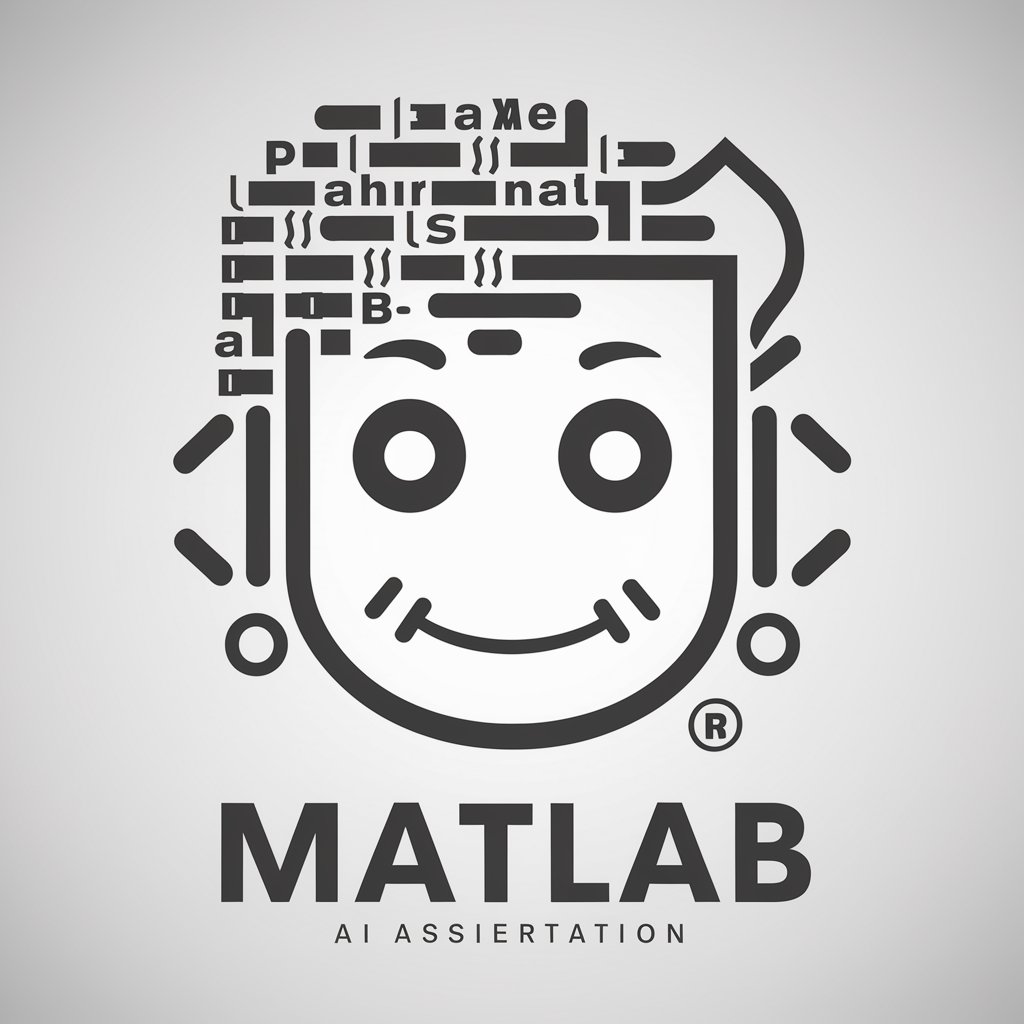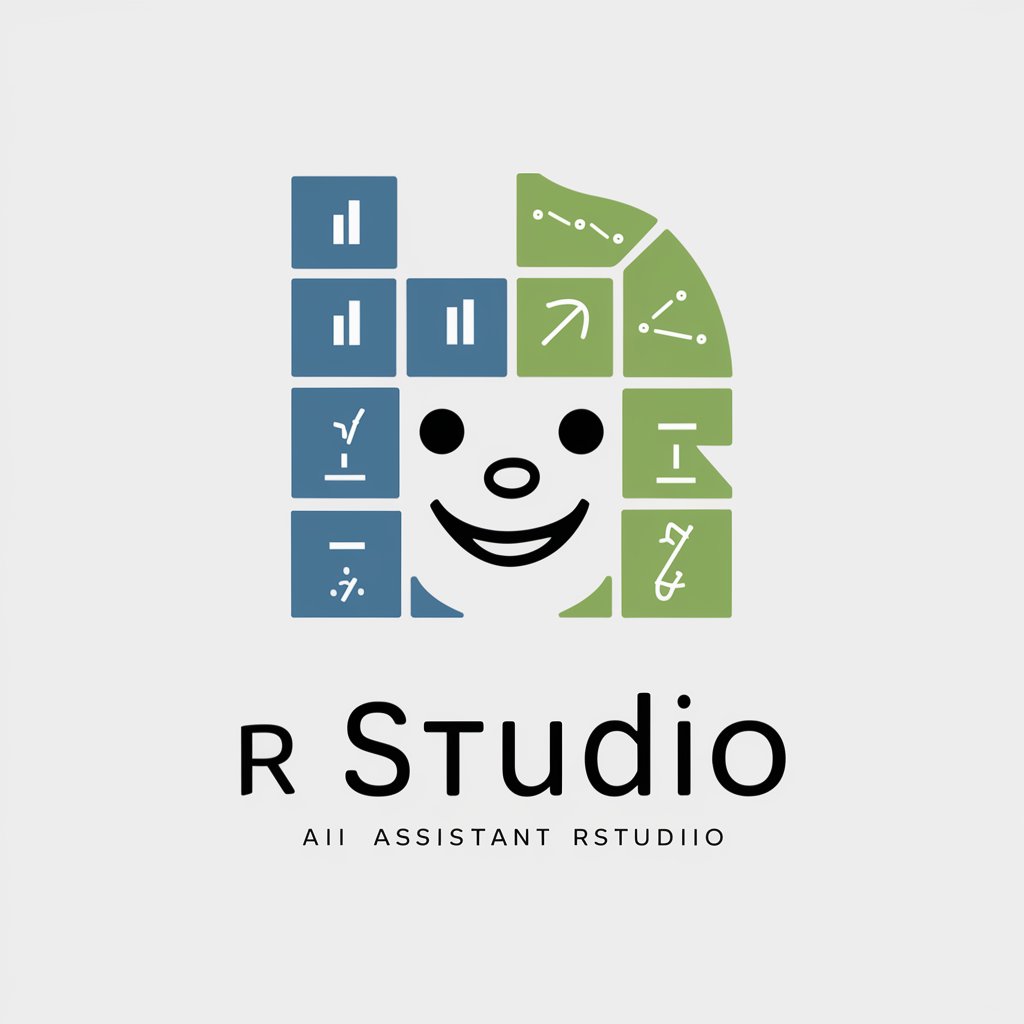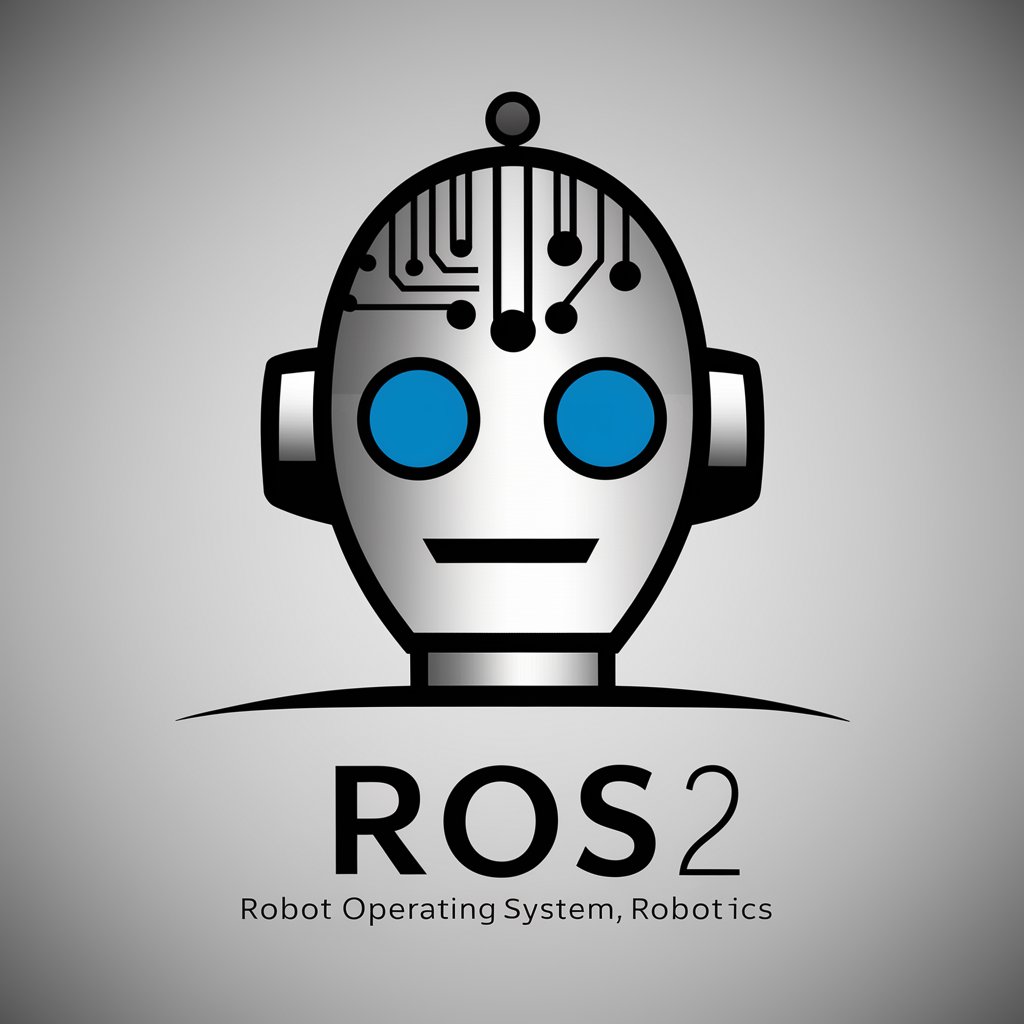
R and R Studio-R and RStudio coding assistant
AI-powered R coding and analytics

⭐️ 4.5ㆍYour personal highly sophisticated R language copilot, with a focus on efficient, scalable and high-quality production code.
👨🏽💻 Implement linear regression analysis
📊 Create a plot to visualize time series data
🪲 Find any bug or improvement in my code
💡 Teach me a useful skill or trick in R
Get Embed Code
Introduction to R and RStudio
R is a powerful, open-source programming language and environment tailored for statistical computing, data analysis, and graphics. It excels in statistical modeling, exploratory data analysis (EDA), and complex data visualization. R was originally created by statisticians for statisticians, but over time, it has grown into a full-fledged programming platform, widely used across data science, academia, finance, bioinformatics, and machine learning. RStudio, on the other hand, is an integrated development environment (IDE) built specifically for R. It offers a rich interface that simplifies code writing, debugging, visualization, and project management. The IDE includes features such as script editor, console, plots pane, environment viewer, and integrated version control (Git). **Example Scenario:** A data scientist working on predicting customer churn uses R to clean and preprocess a telecom dataset using `dplyr`, explores patterns usingR and RStudio Overview `ggplot2`, builds a logistic regression model with `caret`, and writes an RMarkdown report to present the findings. RStudio provides the environment to execute and document all these steps efficiently.
Main Functions and Applications of R and RStudio
Statistical Analysis and Modeling
Example
Using the `lm()` function to build a linear regression model for predicting housing prices based on variables such as square footage and location.
Scenario
A real estate analytics firm wants to forecast property prices. Analysts use R to fit models, evaluate residuals, and validate assumptions via diagnostic plots. Advanced packages like `lme4` allow for mixed-effect models to handle grouped data (e.g., neighborhoods).
Data Visualization
Example
Creating a time series plot using `ggplot2` with customized aesthetics and facets to compare monthly sales across multiple regions.
Scenario
A retail company tracks sales across different stores. Analysts use R to build visual dashboards for executives, leveraging `ggplot2` and `patchwork` to compare store performance over time, and `plotly` for interactive visualizations.
Data Manipulation and Cleaning
Example
Using `dplyr` functions like `filter()`, `mutate()`, and `group_by()` to clean survey data and calculate average scores per demographic group.
Scenario
A market research agency processes large-scale survey data. R helps in reshaping (via `tidyr`), cleaning invalid entries, imputing missing values (`mice`, `missForest`), and summarizing responses for stakeholders efficiently.
Ideal User Groups for R and RStudio
Data Scientists and Statisticians
These users rely on R for its advanced statistical libraries, reproducible workflows (e.g., RMarkdown, Quarto), and model evaluation techniques. With packages like `caret`, `mlr3`, and `tidymodels`, R is ideal for building, tuning, and deploying predictive models. The reproducibility and visualization capabilities make it particularly appealing for exploratory research and publication-quality output.
Academics and Researchers
R is widely adopted in academic settings, particularly in social sciences, epidemiology, psychology, and ecology. Researchers value R for its transparency, reproducibility, and extensive CRAN package ecosystem. RStudio enhances this experience by integrating with `knitr` and LaTeX for dynamic report generation, and with version control tools for collaborative research.
How to Use R and R Studio in 5 Steps
StepR and R Studio Guide 1
Visit aichatonline.org for a free trial without login, also no need for ChatGPT Plus. This gives instant access to AI-powered tools that can enhance R coding and analysis tasks.
Step 2
Install R and RStudio: Download R from CRAN (https://cran.r-project.org) and install RStudio from https://posit.co/download/rstudio/. R is the core programming engine, and RStudio is an integrated development environment (IDE) that makes coding in R more efficient.
Step 3
Familiarize with RStudio Layout: Understand the four main panes—Console, Script Editor, Environment/History, and Plots/Files/Packages/Help/Viewer. Use the Console for quick commands and the Script Editor for reusable code.
Step 4
Install Essential Packages: Use `install.packages()` for CRAN libraries and `BiocManager::install()` for Bioconductor tools. Recommended starter packages include `tidyverse`, `data.table`, `ggplot2`, and `shiny`.
Step 5
Practice Real Use Cases: TryUsing R and R Studio importing datasets with `readr`, manipulating data with `dplyr`, visualizing with `ggplot2`, and building interactive apps with `shiny`. Use R Markdown for reproducible reports.
Try other advanced and practical GPTs
ESL/EFL Lesson Planner
AI-powered lesson planning for language teachers.

角色注入提示词
AI-powered role-based prompt builder for any task

PGC-GPT( Plan General Contable)
AI-powered guide to Spanish accounting rules

Alpaca Dataset
AI-Powered Dataset Builder for Q&A and Prompts

ESTADISTICA
AI-powered problem solver for statistics and probability

LifeScribe: Your GhostWriter GPT Pro
AI-powered writing partner for every story.

Create realistics picture
AI-crafted, photorealistic visuals in seconds.

Text-to-Speech Optimierer
AI-powered clarity for spoken text

MS Exchange Expert
AI-powered assistant for Exchange operations

Desembargador IA
AI-powered judicial decision maker
UDIO Prompt Wizard
AI-crafted music prompts with precision

JQuery, Javascript, AJAX, HTML, Bootstrap, CSS
AI-powered solutions for dynamic web development.

- Data Analysis
- Machine Learning
- Statistical Modeling
- Time Series
- Bioinformatics
Top 5 Q&A About R and RStudio
What is the main difference between R and RStudio?
R is the programming language and computational engine; RStudio is an IDE that provides an interface for writing, debugging, and visualizing R code. You run R code in both, but RStudio enhances productivity through features like code completion, file management, and integrated help.
How do I debug code in RStudio?
Use the built-in debugger: set breakpoints with the red dots in the script editor, use `browser()`, `traceback()`, or `debug()` for tracing errors, and inspect variables in the Environment pane. Step through your code line-by-line to isolate issues.
Can R handle big data efficiently?
Yes, with tools like `data.table`, `arrow`, `ff`, `bigmemory`, or using connections to databases (via `DBI`, `RPostgres`, `RMySQL`) and distributed systems (like `sparklyr` for Apache Spark), R can handle large-scale data workflows efficiently.
How do I create interactive dashboards in R?
Use the `shiny` package. You define the user interface with `fluidPage()`, `sidebarLayout()`, etc., and control logic in the server function. Add interactivity with inputs like sliders and dropdowns, and outputs like plots, tables, or maps.
Is R good for machine learning?
Absolutely. R has packages like `caret`, `mlr3`, `xgboost`, `randomForest`, `e1071`, and `keras` for building and evaluating ML models. It also excels in model interpretability with tools like `DALEX`, `iml`, and `lime`.






